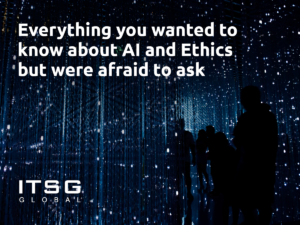26 June 2023

Drones, also known as unmanned aerial vehicles (UAVs), have become increasingly popular in the last few years. They prove themselves useful in a variety of fields such as photography, filmmaking, surveying, search and rescue, as well as delivery services. Drones have also revolutionized photography and marketing, by providing content that before had required the use of an actual plane. Drones are usually equipped with high-quality cameras and sensors that allow precise data collection, which makes them valuable tools for research.
The concerns about privacy and safety issues associated with drone usage are still being regulated by law. Despite these, however, the use of drones continues to grow, making them something way bigger than just a toy.
In April 2023 Skyfarer and Medical Logistics UK conducted the first over-land BVLOS trial. BVLOS stands for Beyond Visual Line of Sight which, as the name suggests, means that the operator doesn’t see the drone with their own eyes or the machine is flying autonomously.
The whole point of BVLOS is to cut delivery time when the equipment has to appear in a specific place of need. It’s supposed to be faster than a physical ambulance that has to go through traffic, can navigate only on roads or/and has to deal with possible jams.
The April 2023 trial covered a distance of a 32 km route, but 130 times. An important part of the trial was a carbon-emission study, which proved a reduction of 99.98% compared with traditional transport means. It’s also expected that drones alone will increase healthcare’s GDP by over £4 billion before 2030. And that’s a nice number to look at.
More importantly, however, drones belong to the fastest-growing areas of IoT.
And drones proved themselves to be fast, reaching considerable heights, and cheaper than helicopters. In the perfect scenario, they will be capable of transporting medical equipment and delivering our packages autonomously, but currently one of the most popular uses is surveillance – because of appropriate sensors they can detect illegal dumping, spills of waste, or fire ignitions.
That being said, they are beneficial for businesses.
Depending on the type of machine and sensors, almost any business can benefit from drones. They help in managing projects in big areas, checking progress in real-time, or making sure that we don’t have any uninvited guests on our property. How those sensors are cooperating with the software you own, is for you to decide.
So, what does it mean?
A lot, if you are a visionary. IoT is more than a buzzword – it’s a step that has to be taken by business owners who don’t want to be left behind. Using drones as leverage is a nice IoT tool of choice. If the technology can be used to save human life, try to imagine what it can offer to a business like yours.
Author: Andrzej Wodnicki, Managing Director at ITSG Global






